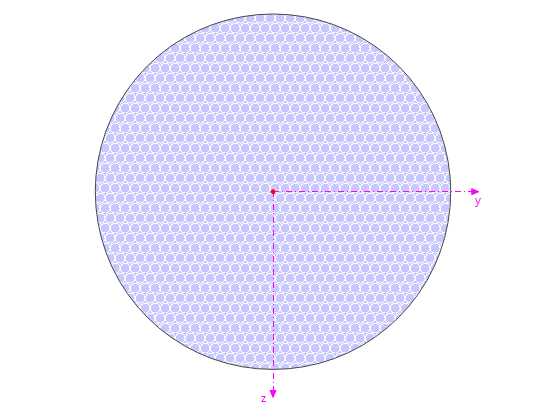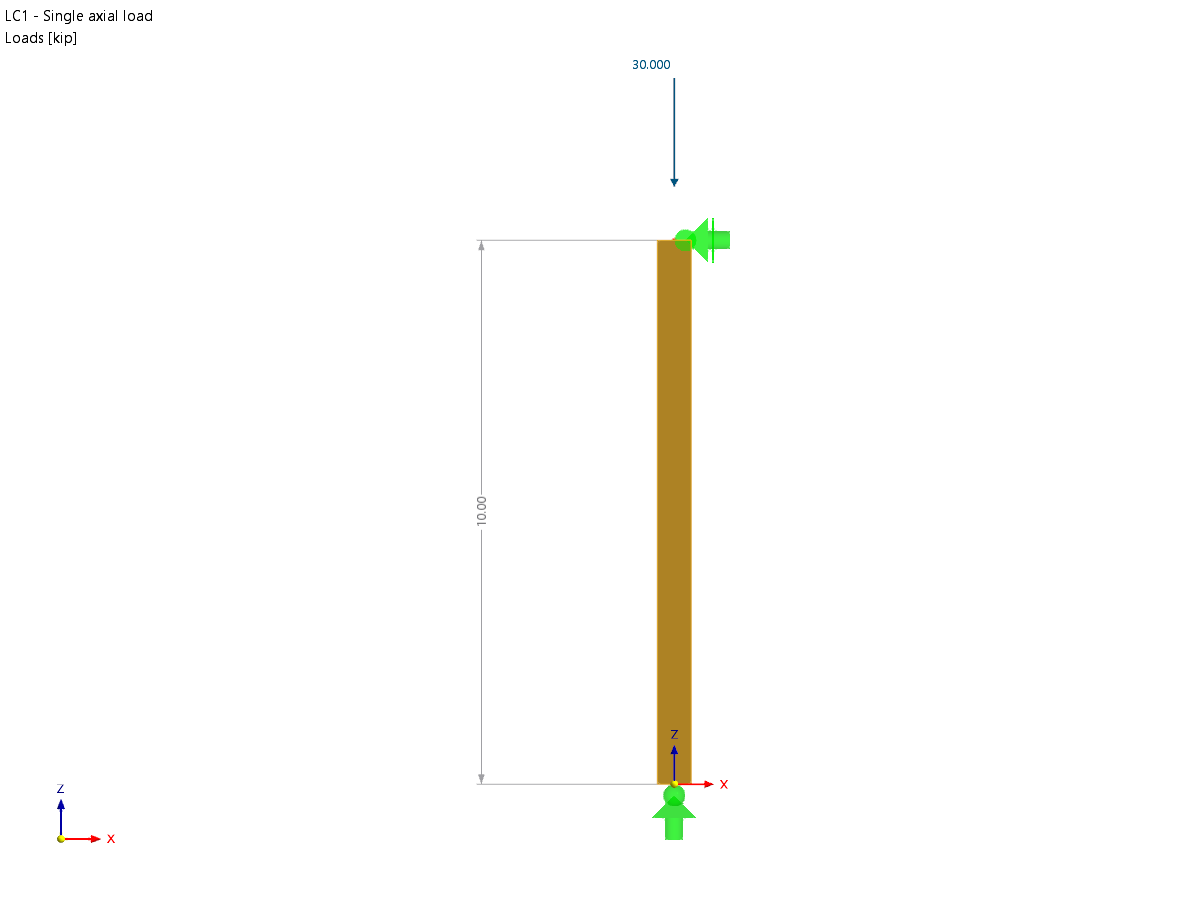People have always felt the need to develop. So it is in the construction industry. Cement, and later also concrete, have been our building materials for a very long time. This construction method was further developed when steel reinforcement was added to increase the tensile strength of the concrete. Unfortunately, despite the concrete coating, the steel will rust at some point, and renovation is necessary. But is there another way? An alternative to classic reinforced concrete is carbon concrete.
From Bundeswehr to Construction Industry
Alexander is one of the two managing directors of CarboCon GmbH, with headquarters in Dresden, Germany. CarboCon itself is a spin-off of the Dresden University of Technology that should bring carbon concrete from research to the market as an alternative building material to reinforced concrete.
After graduating from high school, he went into the German Federal Armed Forces (Bundeswehr) for a year. He met an officer there who was doing pioneering work as a civil engineer, and he decided to venture into engineering studies. He became a research assistant at the Dresden University of Technology, where he worked on carbon concrete until he switched directly to CarboCon in 2018.
At CarboCon, he acts as a technical director and takes care of the planning of construction projects with sustainable building materials; especially carbon concrete, of course. What he likes most about his work is being able to preserve structures due to refurbishment with carbon concrete.
Why do we need an alternative to reinforced concrete?
Reinforced concrete is now one of the most widely used building materials in the world. The reinforcement is made of steel, protected by a thick layer of concrete to protect it from rust. Bridges, in particular, have been built almost entirely from reinforced concrete for decades. Rust protection with several centimeters of concrete does not always work. Bridges often have to be extensively renovated or even rebuilt. Of course, this costs a lot of raw materials and energy each time, which in turn creates a lot of CO2.
But what if we use a non-corrosive material for the reinforcement instead of steel that rusts? This idea is more than 30 years old and a lot of research has been performed in this field. Carbon is perfect as a material: durable and rustproof. So the system of reinforced concrete was adopted and developed further.
Carbon Concrete as Sustainable Building Material
What is carbon concrete made of? As in the case of reinforced concrete, there are two components here: carbon and concrete. The concrete absorbs the compressive forces, while the carbon reinforcement is responsible for the absorption of tensile forces. Carbon rods or carbon grids are inserted as the reinforcement. We are, so to speak, replacing the steel reinforcement with a stainless reinforcement made of carbon.
Carbon is made from petroleum or from polyacrylonitrile (PAN) fibers and processed into high-performance fibers by means of an impregnation. Thousands of wafer-thin fibers are bonded to form a yarn that is ultimately formed into rods and put together as a fine grid. As a result, carbon achieves a very high level of performance in numbers about six or seven times that of steel.
Of course, carbon is not necessarily sustainable in its own right. However, since it is more efficient than steel, and does not rust, it does not need such a thick layer of concrete. In fact, up to 80% of concrete can be saved with carbon concrete compared to reinforced concrete. Not only is less concrete necessary during the construction, the structure also lasts much longer, because it does not rust. Thus, these two points make building with carbon concrete sustainable and a real alternative!
And that is not all: There are already many different approaches to making the production and processing of carbon fibers more sustainable in the future.
Application Areas of Carbon Concrete
Of course, we want to know in which areas carbon concrete is being used, and why this is such a good idea. Alexander explains that there are two main application areas for carbon concrete:
- New buildings constructed with carbon concrete
- Building redevelopment with carbon concrete
A large area is, of course, new buildings constructed with carbon concrete instead of reinforced concrete. Due to the properties of the carbon fibers, the building structures can be built narrower and still be more stable. This saves about 50% of the concrete. Furthermore, the durability is increased, as carbon does not rust.
- "If we say we just prolong the service life by a factor of two to what we have now, we would have a lot of added value."
Alexander thinks that parking garages in today's buildings are a problem. The reinforced concrete has to be refurbished or re-coated constantly. With reinforcement made of carbon fibers, we would no longer have these problems and parking garages could last for 100 or even 200 years.
Another area is the redevelopment of existing buildings with carbon concrete. Unfortunately, far too much is being demolished in Germany – not exactly a plus for sustainability. Carbon concrete can be used to protect the existing structure.
Usually, a common reinforced slab requires a good 7 to 10 cm of shotcrete to be applied. A normal slab cannot handle such a weight. So it is easier to just demolish the building and rebuild it, right? Alexander suggests a far better method.
A thin layer of carbon concrete is applied to the existing structure; a thickness of around 1 cm is usually sufficient. In that case, the slab surface is roughened a little bit. Special, fine concrete is then sprayed on, with a thickness of about 3-4 mm. Then, carbon mesh is placed and another layer of fine concrete is added, so the reinforcement does not exceed 1 cm in the end.
This additional layer is usually not a problem, even for monuments, but it achieves an enormous slab reinforcement of 200-300% load-bearing capacity. Therefore, the existing buildings can be preserved with carbon concrete – this is the most sustainable form of construction.
Carbon Concrete and Future of Construction
The first parking garages and pedestrian bridges built with carbon concrete already exist. Bridges with heavy-duty transport are also slowly being tackled. It is even possible to build houses using this innovative building material. Meantime, the price difference to building with reinforced concrete is no longer too great – the price-performance ratio in terms of service life and sustainability is, of course, much better. We ask ourselves: So why are more people not building with carbon concrete?
- "There is one hurdle in Germany, and that is because we do not have a standard yet."
This is approximately what we thought. Without a standard or guidelines, it is, unfortunately, very difficult to introduce new building materials to the market in Germany. It is necessary to obtain an approval for each individual case. What's also typical for the German construction industry: architects and building designers rarely dare to try new things, especially if there is no standard for it yet. And like everything else in the German construction industry, this may take time.
Alexander emphasizes that, even in a very conservative industry such as construction, you should always try to find new ways to further improve what is already there. He would also like to advise future engineers to dare to work with new building materials and construction methods, to simply try them out. Of course, we can only support that. Engineering in Germany has to become more open to new ideas.
Alexander, what is your favorite building?
He does not have a specific favorite structure. However, he tells us that shell structures in particular still impress him very much. He is highly fascinated by the possibility of spanning large surfaces without columns.
We absolutely understand that. The elegant buildings are really beautiful to look at. Thank you for visiting us!














.png?mw=350&hash=c6c25b135ffd26af9cd48d77813d2ba5853f936c)















![Basic Shapes of Membrane Structures [1]](/en/webimage/009595/2419502/01-en-png-png.png?mw=512&hash=6ca63b32e8ca5da057de21c4f204d41103e6fe20)











.png?mw=512&hash=ea9bf0ab53a4fb0da5c4ed81d32d53360ab2820c)


_1.jpg?mw=350&hash=ab2086621f4e50c8c8fb8f3c211a22bc246e0552)







